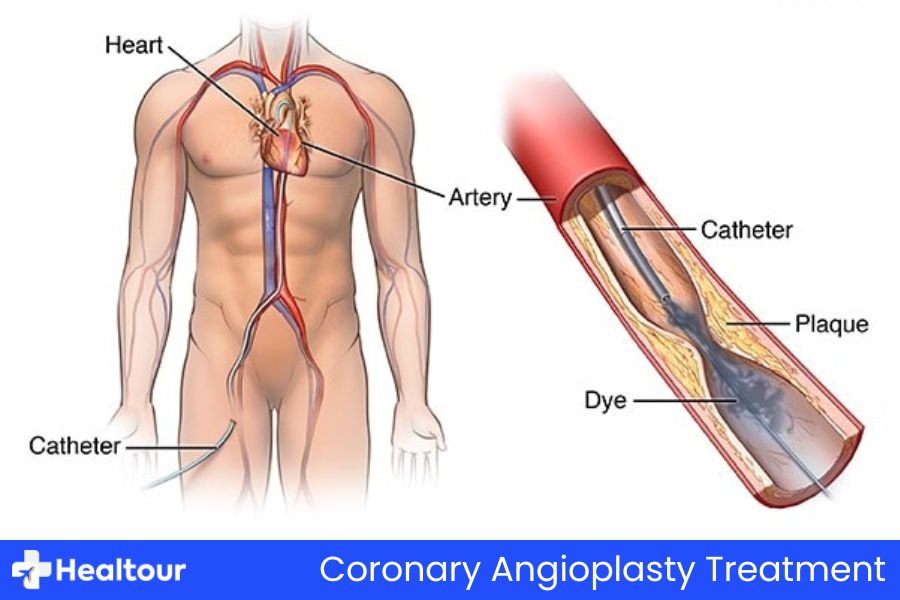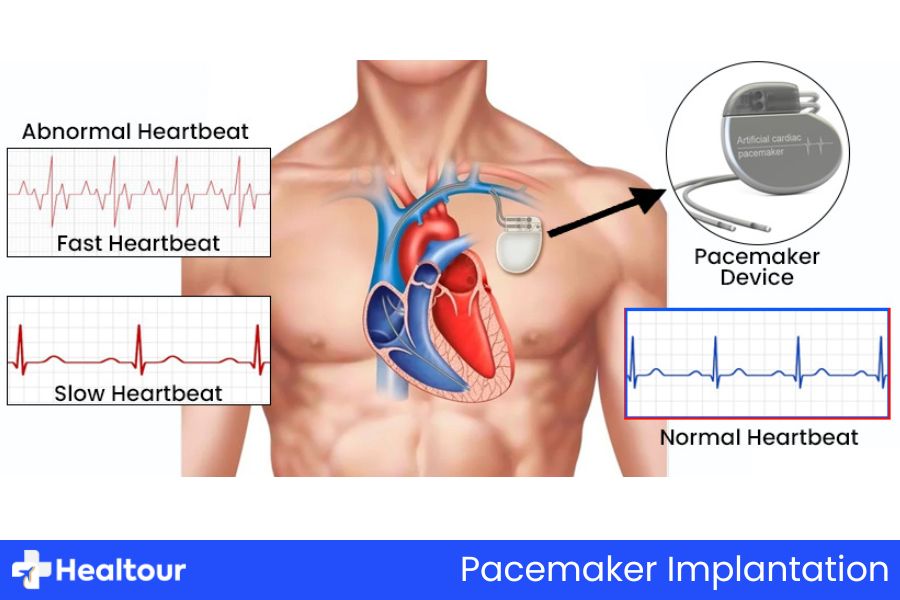
Coronary Artery Bypass Grafting (CABG)
Department: Cardiology
Estimated Cost : $2000 - $6000
Heart Bypass Surgery, or Coronary Artery Bypass Grafting (CABG), is a procedure designed to restore proper blood flow to the heart by bypassing blocked or narrowed coronary arteries. This is done by using grafts, typically taken from the patient's own arteries or veins, to create new pathways for blood circulation.
Traditional On-Pump CABG vs. Off-Pump CABG
Traditionally, CABG surgery is performed on a still heart, with the patient's blood flow managed by a heart-lung machine. However, modern advancements have led to the development of Off-Pump CABG, a procedure in which the surgery is conducted while the heart continues to beat. This innovative approach uses specialized equipment to stabilize the heart, reducing the risk of complications such as renal failure, stroke, and the need for blood transfusions.
The decision between on-pump and off-pump surgery is made by your surgeon based on a detailed evaluation of your condition. The final choice is often determined during the surgery, depending on the complexity of your case.
Types of Grafts Used in CABG
There are two main types of grafts used in CABG: arterial grafts and vein grafts.
1. Arterial Grafts
- Internal Thoracic Artery (ITA): Also known as the internal mammary artery (IMA), this is the most commonly used arterial graft. There are two internal thoracic arteries in the chest. During CABG, one end remains connected to its blood supply, while the other end is grafted to the coronary artery below the blockage.
- Radial Artery: The radial artery, located in the arm, is another commonly used graft. Prior to its use, tests are conducted to ensure it is suitable for the procedure. Patients are typically prescribed calcium channel blockers post-surgery to keep the artery open. Some patients may experience temporary numbness in the wrist after the procedure.
2. Vein Grafts
- Saphenous Vein: The saphenous vein, located in the leg, is used as a vein graft for bypass surgery. Minimally invasive saphenous vein removal involves small incisions near the knee and groin, leading to a faster recovery and minimal scarring. However, saphenous vein grafts are generally considered to provide shorter-term support compared to arterial grafts.
Why Choose CABG?
CABG remains one of the most effective treatments for severe coronary artery disease. By creating new pathways for blood to flow, the surgery helps alleviate chest pain (angina), improves heart function, and reduces the risk of heart attacks, ultimately enhancing the patient's quality of life.





 Get an Opinion
Get an Opinion
